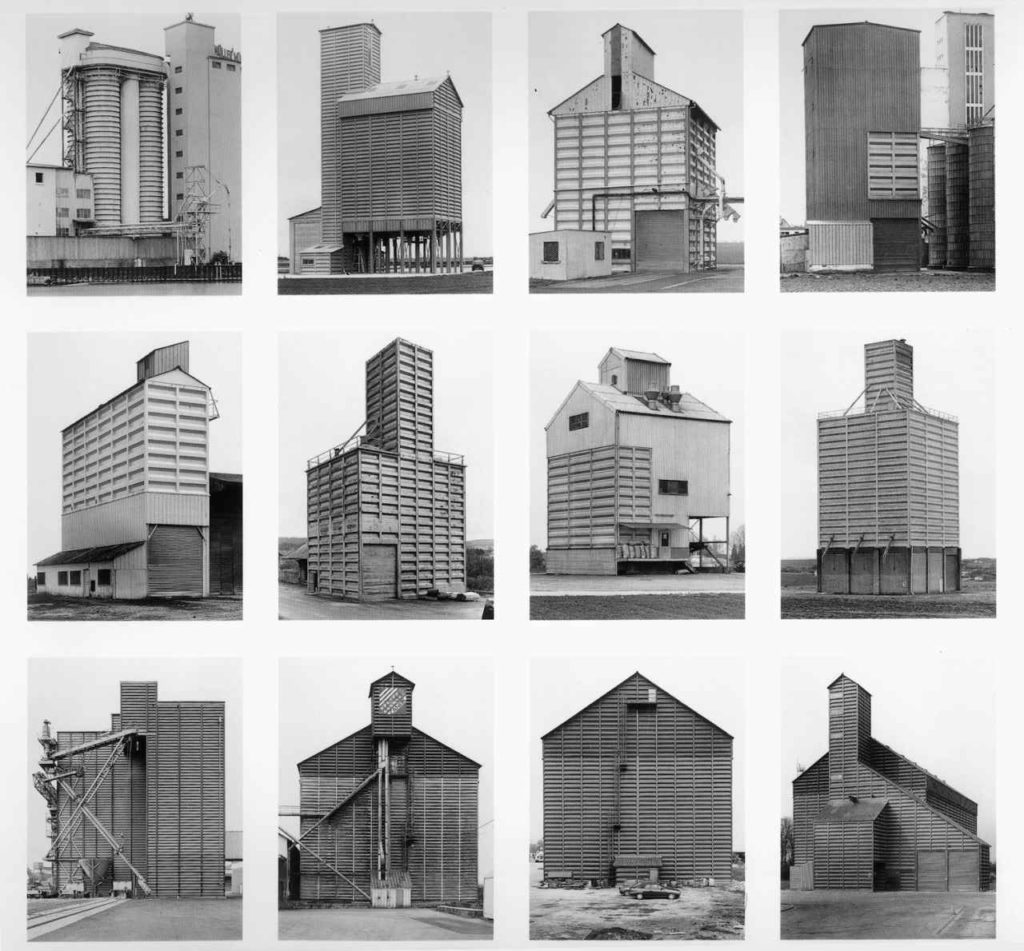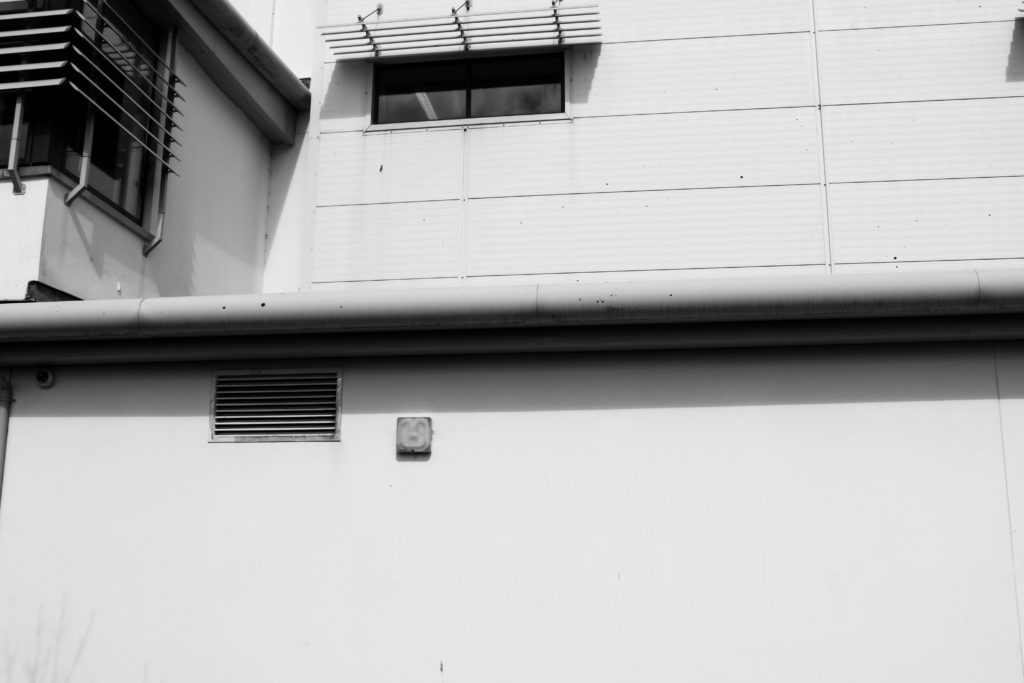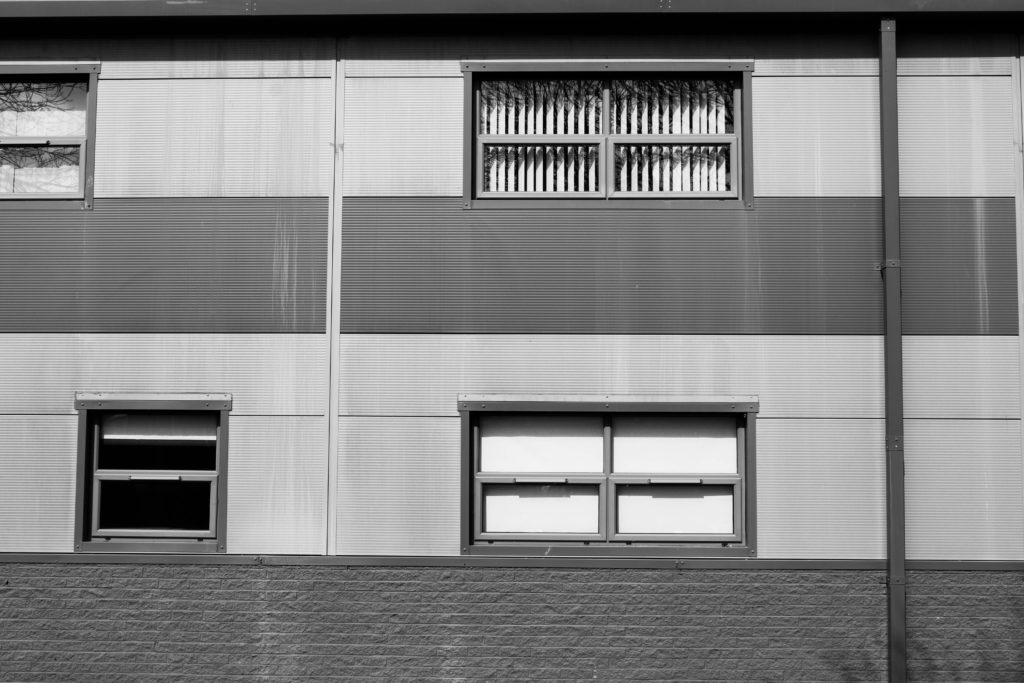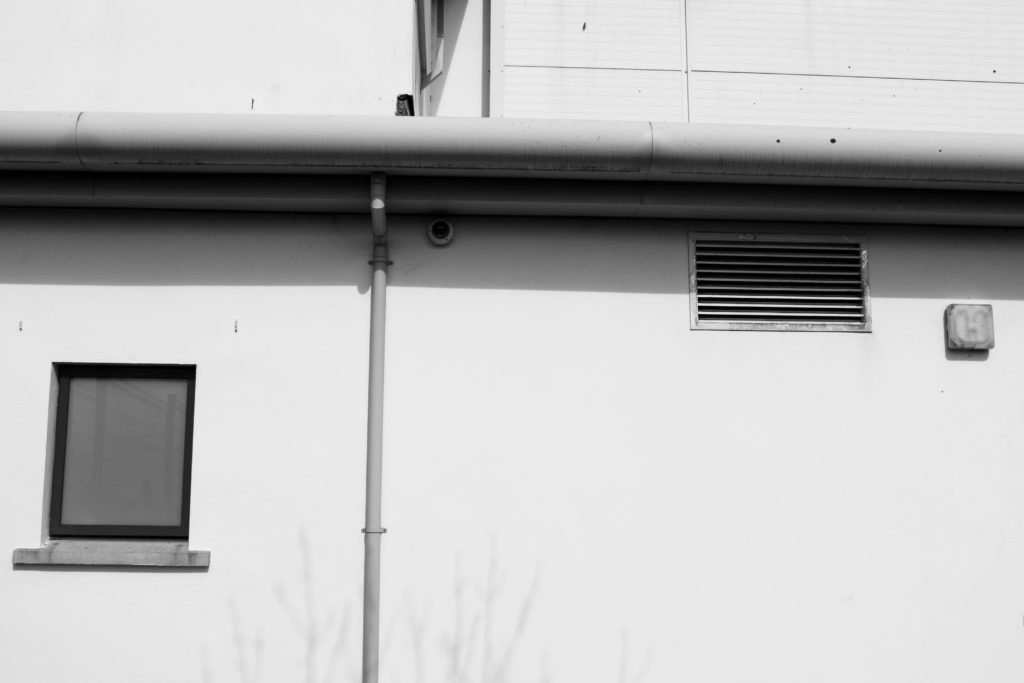The New Topographics
In 1975, the exhibition titled “Photographs of a Man-Altered Landscape” of New Topographics epitomized a key moment and turning point in landscape photography. New topographic images strayed away from the usual conventions of landscape photography and gave way to unromanticised views of stark industrial landscapes, suburban sprawl, and everyday scenes not usually given a second glance. The show was curated by William Jenkins at the International Museum of Photography at the George Eastman House (Rochester, New York), and remained open to the public from October 1975 until February 1976. Photographers from the exhibition such as Robert Adams, Lewis Baltz, Nicholas Nixon and Hiller Becher took inspiration from the mundane and man-made, revealing the growing unease about how the natural landscape was being eroded by industrial development. This revolutionary style of photography was both a reflection of the increasingly modernised world, and a ‘reaction to the tyranny of idealised landscape photography that elevated the natural and the elemental’- contrasting greatly with the work of landscape photographers such as Ansel Adams.


Lewis Baltz
Lewis Baltz (1945-2014) was an American photographer and visual artist, most famously known for his contribution to the New Topographics movement as one of the “New Topographics: Photographs of a Man-Altered Landscape” exhibition’s original photographers. Growing up in southern California in the post-war years, he had witnessed at first hand the rapid urbanisation of the countryside and the relentless spread of suburbia. In his work, Baltz focused on capturing “a landscape that no one else had much interest in looking at”, photographing areas such as car-parks, tract housing, concrete walls, garages, vast industrial warehouses, metal fire escapes, anonymous buildings, all with an absence of people. Baltz described how his daily life took him “to shopping centres, and gas stations and all the other unhealthy growth that flourished beside the highway”- he has a clear aesthetic in his work, focusing on minimalism and rejecting the usual expectations of landscape photography, such as the romanticism of landscapes. His images demonstrated a stark geometric beauty, making the new homogenised America visible in a way that echoed, and criticised, the soullessness of urban planning.
Examples of Baltz’s Work
Image Analysis

I chose to analyse this specific Lewis Baltz image due to its strong technical aspects that conform to the formal elements, while also reflecting Baltz’s views on the growing world of industrial landscapes. Firstly, I really enjoy how Baltz has captured this image with a high contrast black and white filter, whether this was a specific choice or not, the absence of colour creates a desolate atmosphere. This links to the New Topographics movement and shows Baltz’s negative opinions on the increasing urbanisation of the world. However, Baltz also wished to find the beauty in his everyday geometric surroundings, for example a static rectangular shape can be seen to the left on the door, and is repeated on the bricks, and again on the ladder- it keeps on going. The use of repetition, while aesthetically pleasing to the eye, could actually represent the uniformity of society and the landscapes we are destroying- suggesting these industrialised buildings are taking over our environment. Additionally, the geometric shapes create strong leading lines throughout this image. Particularly, the stripes of paint to the left of the photograph and the thick line created by the half-wall on the right draws the observers eye towards the ladder in the background of the image. Baltz may have wanted to highlight this aspect of his image as the ladder disappearing at the top reflects the never ending climb to save the natural world.
In addition, the natural lighting Baltz used to capture this image creates soft shadows and highlights however, there is still a big contrast between dark and light tones. The paint swatches on the left of the image move up in a gradient pattern from dark to light, becoming less uniformed as they go on. This could symbolise the destruction of nature, and how modernised buildings are slowly trampling on our environment. Overall, the tones in this image are balanced (with slight emphasis on mid-tones) which creates a muted sombre mood, possibly connoting Baltz’s feelings while taking in the landscape he has captured. In terms of space in this photograph, there is not a wide depth of field or a vast expanse of land in the background (like the work of Ansel Adams), instead the background is blocked by a manufactured wall. Moreover, the composition of this image reflects the rule of thirds with the door and paint in section one, ladder and bricks in section two and the rectangular wall structure as the third. By using this composition technique, Baltz has created a visual narrative as he guides the observers view through the image from the dark gloomy thoughts on an industrialised world, to a hopefully brighter and more optimistic future for landscapes.
My Photoshoot – Contact Sheets


Edited Images
In class this week we took our cameras around the school grounds in attempt of capturing images relating to The New Topographics. I took inspiration from Lewis Baltz during my photoshoot, focusing on photographing buildings, walls, windows and doors. I wanted to include as many geometric shapes as I could see around me in my images which became easier as the lesson went on, finding industrialised areas around the back of the sports building and down near Highlands College. I knew I wanted to edit my images with a black and white filter after the shoot, so while capturing them I saw fit to stand in specific positions looking up at/down on the landscapes in order to capture contrasting shadows and highlights that would be emphasised by the unsaturated editing. My images include several vertical and horizontal leading lines of all shapes and sizes, guiding the observer’s focus along the photo to focal points such as doors and windows. Moreover, my use of repetition within these images mirrors Baltz’s technique of showing the echoes of modern society conforming to industrialised architectural ideas. Additionally, I have reflected the concern with industrialised buildings taking over our environment by capturing tree branches in the background of a few of my images- suggesting the urbanised world is covering up the beauty of nature.





















